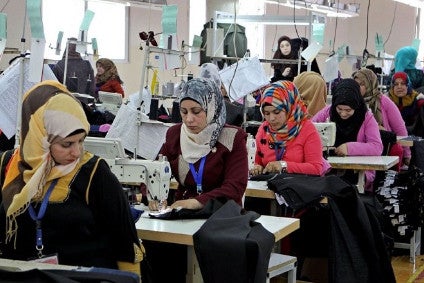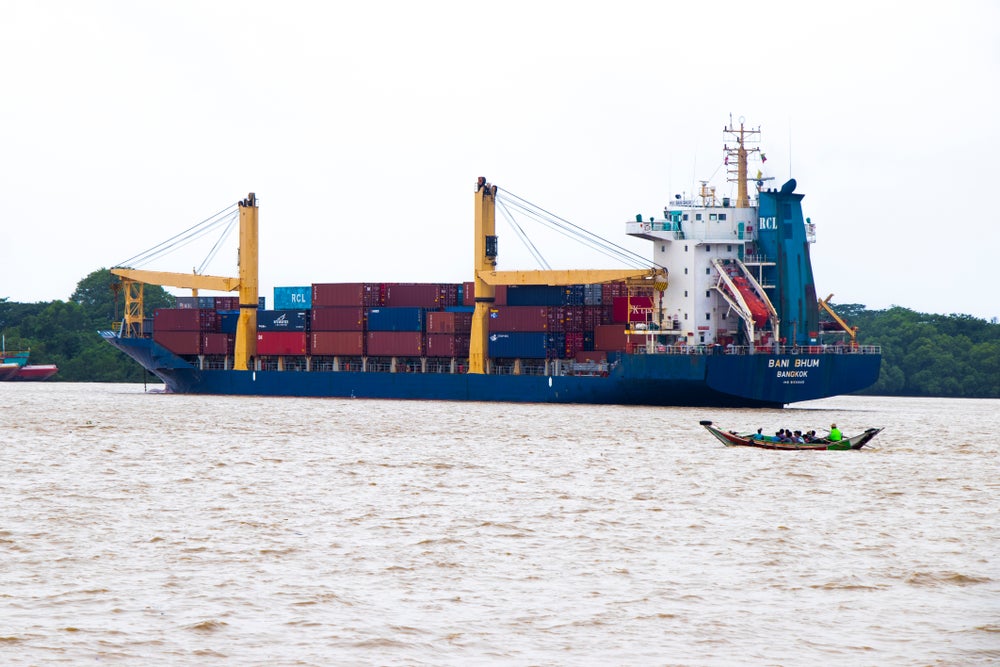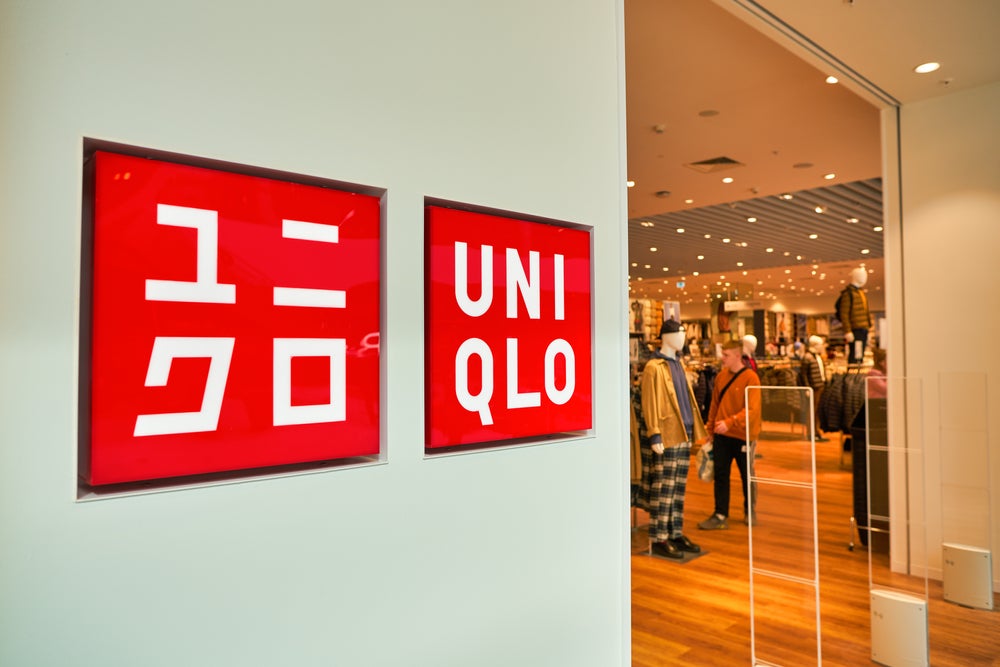
Garment exporters in Jordan may be growing their exports, but high costs could weaken their ability to take advantage of robust growth in overseas demand, industry experts have told just-style.
Jordan’s garment exports are expected to have generated US$1.8bn in 2018, a rise of 9.6% on the previous year, and their value is expected to grow by at least 8% in 2019.
The United States remains Jordan’s biggest export market for garments thanks to a free trade agreement between the two countries. In 2018, Jordanian garment exports to the US exceeded US$1bn in value, mainly comprising menswear, Munir Dayyeh, president of Jordan’s Textile and Readymade Clothes Merchants’ Syndicate, told just-style.
And while Jordan’s garment exports to the European Union (EU) are much smaller (US$41.6m in 2017, according to the re:source by just-style strategic sourcing tool), volumes are expected to increase due to the simplified rules of origin agreement, which was signed between Jordan and the EU in 2016 and is valid until 2030. The EU-Jordan Association Agreement provides most Jordanian products, including textiles, apparel and footwear, with duty-free access to the EU market as long as the garments were cut and sewn in Jordan and the factory making them employs at least 15% Syrian refugees.
These relaxed rules of origin were expanded in December 2018 to apply to all companies across Jordan instead of just the 18 development and industrial zones. This is expected to further increase exports and drive investments in Jordan.
See Also:
Pressure from rising costs
How well do you really know your competitors?
Access the most comprehensive Company Profiles on the market, powered by GlobalData. Save hours of research. Gain competitive edge.

Thank you!
Your download email will arrive shortly
Not ready to buy yet? Download a free sample
We are confident about the unique quality of our Company Profiles. However, we want you to make the most beneficial decision for your business, so we offer a free sample that you can download by submitting the below form
By GlobalDataHowever, despite these developments, costs incurred by Jordan’s garment sector threaten the country’s position as a manufacturing and outsourcing hub.
Energy prices have increased. In May 2018, the government hiked the prices of fuel and electricity by 13.3%, after increasing them in March of the same year, and in December 2017.
“Jordan’s energy prices are not competitive at all compared to neighbouring countries. The high electricity tariffs have become a burden on garment manufacturers due to successive increases by the government,” says Dayyeh. “Jordan is no longer a strong and competitive hub for the manufacture and export of garments. Production costs have increased significantly, and this has affected the volume of exports.”
Customs duties for inputs and taxes are also on the rise, with a new income tax law in force from 1 January 2019, which will raise income tax paid by clothing companies from 14% to 20% by 2024.
Even the protection offered to Jordan’s clothing industry through import duties does not help, depressing demand for clothes in the domestic market in general – which has harmed local sales – reducing Jordanian producers’ ability to build capacity.
Imports of clothing to Jordan, including from key sources such as China, India, Bangladesh and Vietnam as well as Turkey, are subject to 20% customs duty, 16% sales tax, 5% customs service fees, and 2% income tax. Altogether, import fees for clothing amount to 43% of the product’s value, the highest in the Middle East, according to Dayyeh.
Footwear imports, on the other hand, are subject to 30% customs duty, 16% sales tax, 5% customs duty allowance, and 2% income tax – which add up to 53% of the product’s value.
“Neighbouring countries such as the Gulf states, Lebanon and Iraq impose custom duties and taxes of just over 5%. Therefore, the prices of garments in Jordan are much higher than those in neighbouring countries. It is a big challenge and has led to a decline in domestic sales,” Dayyeh explains.
According to Jordan’s Garments Traders Association, domestic garment sales fell by as much as 60% in 2018 compared with 2017, with costs also being inflated by rising shop rents.
Dayyeh says his group is working with the Ministry Of Industry, Trade & Supply and the Ministry Of Finance to address the challenges facing the garment sector. “If we don’t find solutions to these problems, they will have serious consequences, causing establishments to shut down and forcing investors to leave the market.”







